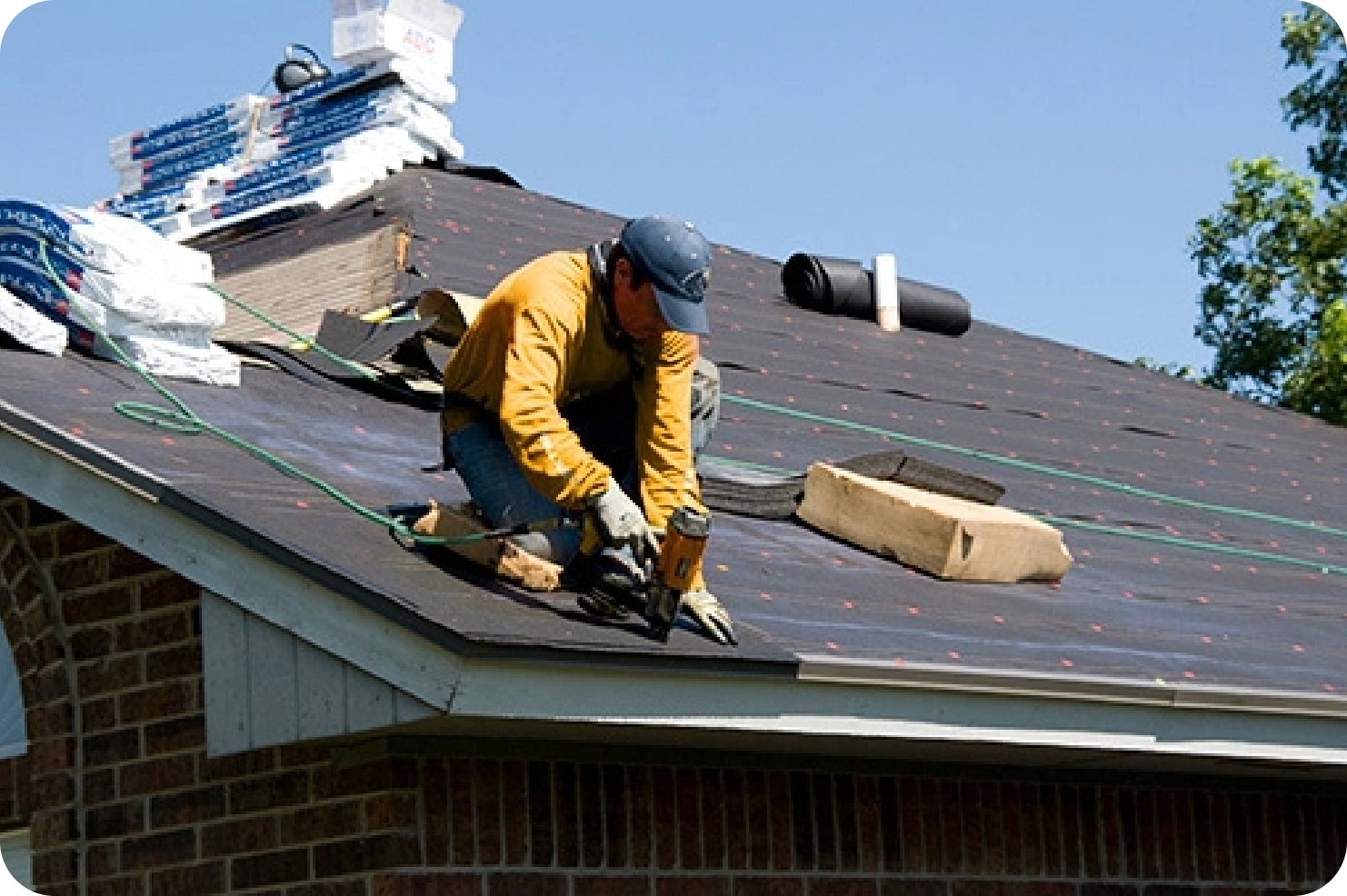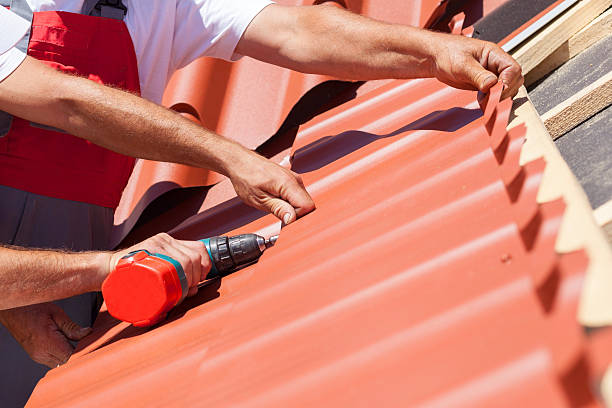Exactly How to Assess Various Roof Covering Options for Your Building Needs
Examining roof covering options for your structure calls for a comprehensive strategy that considers numerous factors such as the meant use the structure, local environment conditions, and material qualities. It is important to weigh the advantages and disadvantages of different roofing types, from asphalt roof shingles to steel and clay floor tiles, while also factoring in initial costs and long-term upkeep. In addition, understanding energy performance and aesthetic appeal can influence your choice. As you ponder these factors to consider, one inquiry continues to be: which variables will eventually assist your selection for a lasting and aesthetically pleasing roofing solution?
Examining Your Building's Needs
To effectively examine roof choices, begin by extensively evaluating your building's demands. Beginning by thinking about the building's intended use, as various frameworks may demand varying roof covering specs. For example, domestic roofing systems often focus on appearances and insulation, while commercial structures might concentrate on durability and load-bearing capacity.
Following, examine the local climate problems that will impact roof covering efficiency. Elements such as temperature changes, precipitation levels, and wind patterns can influence product option and style. A roofing system that stands out in a pleasant climate might not perform as well in locations vulnerable to heavy snowfall or extreme warmth.
In addition, evaluate the architectural honesty of your structure. Ensure that the existing framework can sustain the chosen roof covering materials, specifically if thinking about much heavier options. It is additionally critical to review any neighborhood building ordinance or policies that may determine certain demands for roof.

Contrasting Roof Materials
Once a detailed analysis of your structure's needs has been completed, the following step entails contrasting numerous roof products. Each product provides distinct advantages and negative aspects, making it necessary to straighten your selection with your specific demands and scenarios.
Asphalt shingles are extensively identified for their affordability and ease of installment, making them a preferred alternative for property structures. On the other hand, steel roof covering, recognized for its toughness and longevity, can stand up to harsh weather condition problems however may include a higher preliminary financial investment.
Clay and concrete floor tiles provide excellent thermal insulation and aesthetic charm, especially for Mediterranean-style style, yet they require an even more robust architectural support because of their weight. Wood trembles offer a natural appearance and excellent insulation buildings however might require much more upkeep and are prone to fire risks.
Reviewing Expense and Budget
Examining your roofing choices necessitates a cautious evaluation of pop over to these guys expense and budget considerations. The general spending plan for a roof job makes up a number of aspects, consisting of product expenses, labor costs, upkeep, and prospective lasting savings. It is necessary to establish a clear budget before exploring particular roofing products, as this will direct the decision-making procedure and aid you avoid overspending.
Begin by acquiring quotes from numerous professionals to understand labor expenses in your area. Make certain that these estimates include all essential services, such as elimination of the old roof covering, installation, and any type of extra functions, like insulation or ventilation improvements - Roofing Contractor. Next off, analyze the expense of numerous roof covering products, taking into consideration both preliminary installment costs and anticipated lifespan

Understanding Energy Performance
Power efficiency plays a critical role in the choice of roof covering products and systems, dramatically affecting both energy usage and total convenience within a structure. An appropriate roof covering can enhance thermal performance, minimizing the demand for home heating and cooling down systems, which consequently decreases power expenses and minimizes environmental effect.
When assessing roof alternatives, think about products that show instead than absorb heat. In addition, correct insulation and ventilation are important to enhance the energy performance of the whole roofing system.
Another essential aspect is the roofing system's longevity and upkeep demands. Long lasting products that call for less regular substitute contribute to lasting power cost savings. Additionally, the power efficiency of a roof can additionally be evaluated via its conformity with well established try these out sustainability ratings such as power STAR or LEED.
Taking Into Consideration Aesthetic Charm
A roofing's visual allure considerably affects the overall look of a structure, matching its architectural design and improving aesthetic charm. Sylvania Roofing Contractor. When evaluating roof choices, it is important to consider just why not try these out how the chosen material, color, and design will harmonize with the existing structure and community. A properly designed roof covering can elevate even the easiest of structures, transforming them into visual centerpieces
Different roof products offer different aesthetic top qualities. Typical roof shingles may stimulate a timeless appeal, while steel roof can present a modern, sleek look. Furthermore, the shade of the roofing material plays a crucial function; lighter tones can make a building appear even more sizable, while darker tones may develop a cozier setting.
Furthermore, building components, such as dormers and eaves, can improve the roofing system's aesthetic effect. It is suggested to speak with expert developers or engineers to make sure the chosen roofing option lines up with the overall layout intent. Eventually, a roof covering must not just provide practical benefits however also add favorably to the building's aesthetic, mirroring the proprietor's preference and the character of the surrounding setting.
Final thought
